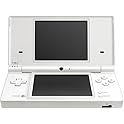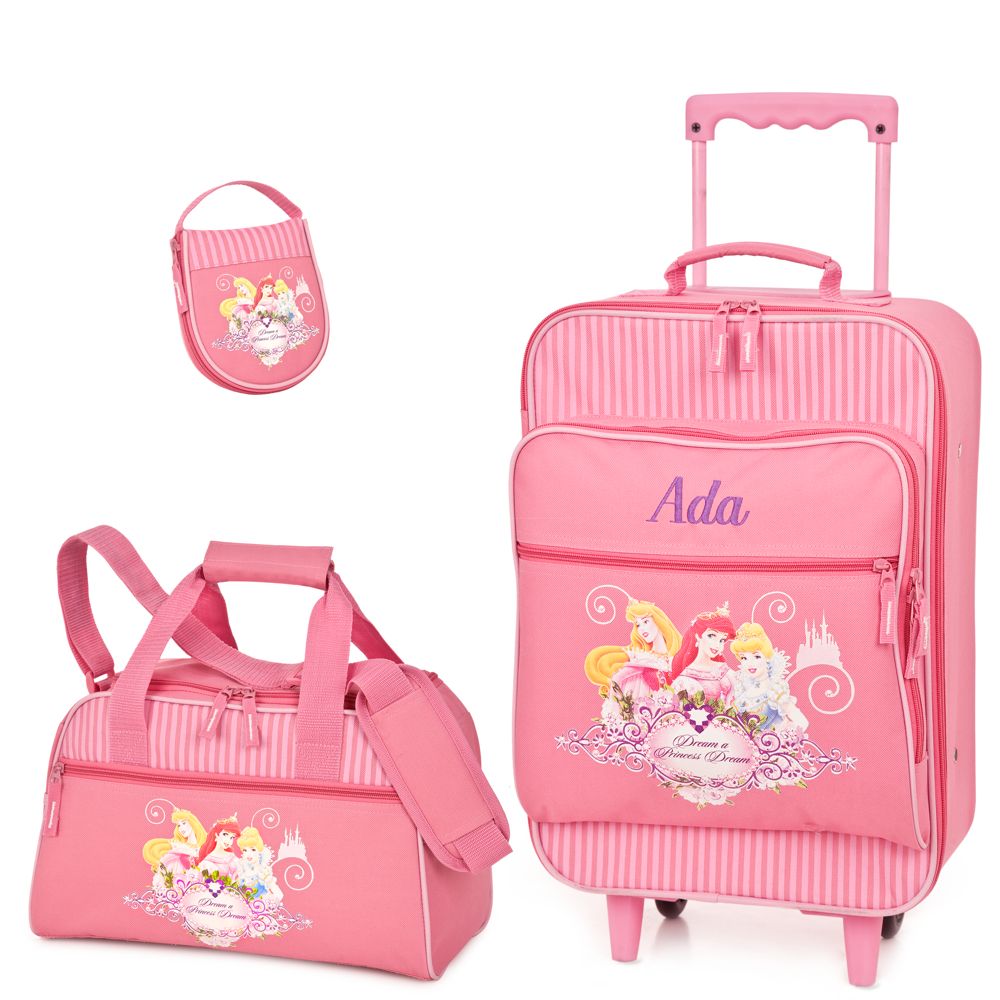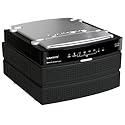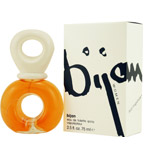Hunting for a job is like selling a product, except that YOU are the product. When a product doesn't sell, the main reason is that there isn't any demand for it, or the demand is elsewhere. If you are hunting for a job, then either change the demand for the product or look for demand elsewhere. Simply put, you can't sell a product that no one wants.
Change What You're Selling
If your dream job or your career of choice isn't hiring and you need a job, then change what you are selling to what people are buying. It's easy to slip into the mindset that you are looking for a specific job. Of course, start with your passion. But if there isn't any demand for it, wishing for demand won't work. Also, trying to stay in a closely related area probably won't work either. You need to find where demand is hot. For example, if you want to be a movie producer and they aren't hiring, then the obvious move is start looking to be a television producer. But it's highly likely that they aren't hiring either.
Change the focus entirely by looking for demand for a related job instead. If your offer was to sell your services as a movie producer, and there are no takers, then change your offer to sell your services as a project manager or an administrative assistant.
Then, once you have that, build the contacts and resume to get that dream job when there is an opening. Some might think of this as the strategy used by those that want to become paid actors, and so they take jobs waiting tables or tending bar. That's basically it, except the odds on you getting a job in your career of choice are substantially higher than the odds on an aspiring actor becoming the next Robert De Niro.
Hot Jobs for 2010
In 2010 things are going to be changing. Potentially hot areas would include the following:
- Medical Records – The healthcare legislation notwithstanding, more hospitals are going digital and they will need help. And if legislation provides funds, it could boom.
- Compliance or Regulatory Director – New rules for firms are making things more complex and that means they need to hire people that can learn, understand and apply them.
- Census – The 2010 census won't be long-term employment, but they will be hiring hundreds of thousands of workers. It won't be your dream job, but the paychecks won't bounce.
- Sales Reps – As the economy crashed and sales fell, sales reps were easily let go. But many companies won't be able to increase sales when demand picks up if they don't hire more sales reps. The pay may not be as good as it was if you were in the business at the peak, but someone has to take the order or there is no business.
- Teach – While full-time tenure track positions require an act of Congress, part time adjunct positions are available. It's not great money, but it's money. Also, look for training, instructor, and other related positions as they will still be in demand as level of employment won't increase overnight. (Once you get a call back, there's still more work to be done.
Geographic Change
The recession has hit inconsistently across the country. This means localized economic strife. There are many areas in the world that are doing better than the U.S. If demand for your product isn't strong in the area your selling it, then you need to find another area. In other words, you need to fish where the fish are. Of course, this usually means you will have to move and that can be hard for some people. If so, then go back to the previous suggestion and change what you are offering.
To find demand elsewhere, obviously start with online job searches that have geographic information. Many of you are probably doing this already. But go beyond that and try to find out where opportunities are hottest. Where are all the jobs in your line of work? Then learn about that area. Who's the big player? Who's the best fit for you? Who can you contact to give you the inside scoop? The more information you have the better. If there isn't a hot area, then go back to changing the product, and use that information to go beyond the job boards. Get on the phone, network, use social media, and even go and knock on doors.
Bottom Line
Markets are about supply and demand. If there is no demand, supply isn't going to sell. To find a job or close the sale, you need to sell the customer what they want to buy at a price they are willing to pay. Think about it from the opposite side of the table. Who hires people they don't need? Nobody. So if you want a job, find a need and fill it. (For more tips on job hunting,






































.jpg)































































